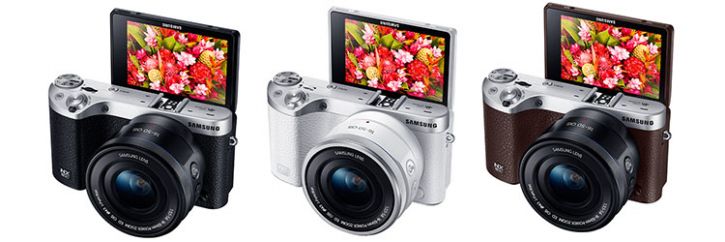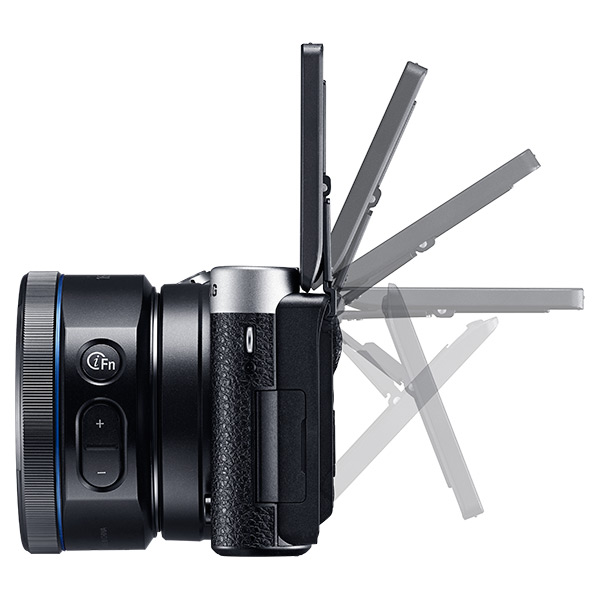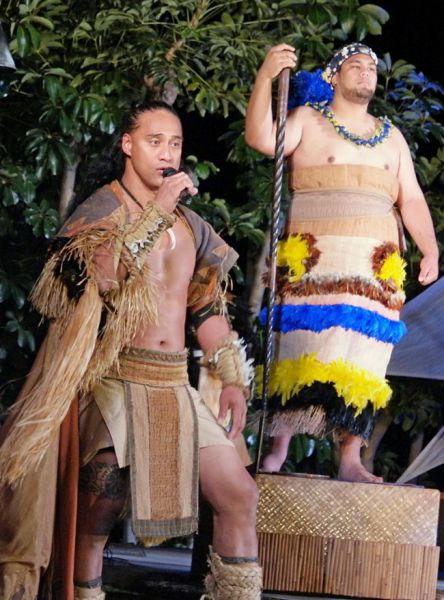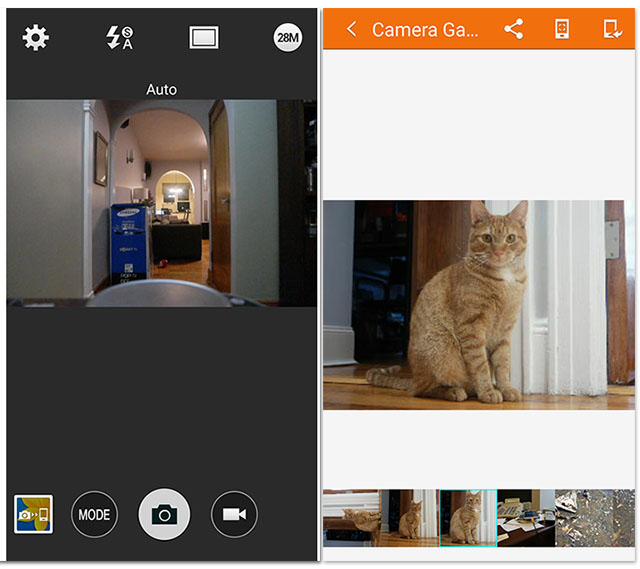I take a lot of pictures. But I'm not a photographer. Whether it's the kids' sports activities, family vacations or press events such as CES, I take thousands of pictures a year. But to be honest, I've never been all that driven to learn the details of the craft, to become a "photographer." I have a basic understanding of photography concepts such as exposure times, focal length, depth of field, bokeh and such. But more often than not, I'm setting my camera to "auto" mode, pointing, clicking and hoping for the best.
I've been through a few cameras over the past few years. I had one of the first Kodak digital cameras (DC120) with its whopping 1.2 megapixel sensor, an Olympus, two Canons and a couple of Panasonics. My favorite camera overall for its ability to take good photos in auto mode in a variety of conditions is the Panasonic DMC-LX3. But that camera maxes out at 3X zoom and does not support any additional lenses. So when Samsung asked if I was interested in checking out their new mirrorless interchangeable lens camera, the NX500, I was intrigued.
The NX500 is not a point and shoot camera. However, with a fast auto zoom and intelligent defaults, it can help even the greenest of photographers capture good shots. And the lack of a prism or mirror inside (which you do find on a digital SLR) keeps its depth quite slim so it easily fits in a small bag or a large pocket. It sports a 28 MP (megapixel) image sensor so be prepared to use up a lot of disk space (and SD card space) with your pictures and videos.

The kit lens that comes with the NX500 is a nice everyday 16-50 mm lens (f/3.5-5.6) with power zoom and Optical Image Stabilzation. This lens works well with the camera's built-in auto-focus and OIS features and doesn't protrude so much so I can actually carry it around in my coat pocket when retracted. The kit also comes with a reasonably powerful flash which snaps into the shoe on top and is enabled just by flipping it up.
To test the camera as a newbie would, I left it in fully Auto mode most of the time. I experimented with both auto and manual focus but found that the auto-focus locked pretty quickly and accurately to most subjects: my daughter at her gymnastics exhibition, my son playing soccer in a field or the latest UHDTV models being unveiled at a line show. I also had the opportunity to shoot some really breathtaking vistas on hikes and a helicopter ride on the Big Island of Hawaii (hosted by Samsung). For this I experimented with both the flat "pancake" lens (for closeup shots and portraits) and the 18-200 mm zoom lens for distance. Shooting through the helicopter windows, the auto-focus was still up to the task of capturing distant snow-capped volcanoes, active lava floes and gorgeous waterfalls.


Again, as with the stock 16-50 lens, the 18-200 lens (which is the equivalent of an 11X zoom lens) was pretty quick to lock onto subjects via auto-focus, though it wasn't perfect. One shot in particular -- trying to shoot a jumbo jet flying directly overhead near LaGuardia airport -- proved problematic as the autofocus would not lock on the fast-moving planes. Manual focus mode was also not effective for those particular shots as the glare of the sun that day prevented me from being able to see the OLED display screen. Also, the auto-focus won't lock in excessively dark conditions, such as a starry sky at night. For this, you'd really need to get into manual focus mode, crank up the ISO, and get a tripod. But for other tricky shots, like capturing the action of a pro MLS soccer game from the "cheap seats," shooting kids during their own athletic activities, and even those afore-mentioned helicopter shots, the NX500 produced excellent results.



Like any modern digital camera, the NX500 comes with its share of specialized scene modes: waterfall mode holds the shutter open longer to get that creamy waterfall effect and panorama mode allows you to capture a wide vista with a simple sweeping motion. But the NX500 also has other useful modes like one that only snaps the shutter when an object crosses a user defined point on the screen (excellent for capturing the finish of a race) and another that snaps pictures in response to motion in a particular area of the screen (great for capturing the crack of a bat against a baseball).

The NX500 is set up with a number of intelligent default actions. When you rotate the OLED viewfinder 180 degrees to face forward, it puts itself into a selfie mode and adjusts the viewfinder accordingly. Tap the view screen in this mode and it automatically sets a 2-second timer to give you time to compose the shot and pose before the shutter snaps. My only complaint about that feature is that it doesn't work with the flash connected as the screen can't quite open enough with the flash extended to put it into that selfie mode (you can, however, manually set the timer to accomodate that). Seems like a missed opportunity there as I expect a lot of selfies would benefit from a flash.

The Ne Plus Ultra of Video - Ultra HD Video
The NX500 also offers motion video capture, all the way up to full 4K resolution. You can choose Digital Cinema (4096x2160 resolution at 24 frames/second) or Ultra HD (3840x2160 resolution at 30 frames/second). However, in 4K video capture mode it only uses the center portion of the massive 28 megapixel sensor, which loses some of the benefit of these high quality lenses. It also effectively cuts down on the overall light capture by only using the center portion of the lens. The NX500's big brother the NX1 captures video using the full sensor and down-converts the output from the sensor to 4K. Even so, I took some test clips of 4K video on the NX 500 looked really clean and detailed when viewing them on an Ultra HD TV.
One thing to keep in mind: 4K video capture on the NX500 uses the highly efficient H.265 HEVC codec. This keeps the file size fairly small and manageable, but it makes editing the files a bit trickier. Few video editing tools can currently edit H.265-format video files. Samsung does provide a conversion tool that converts H.265 content to the more common H.264 format for simpler editing and greater device compatibility.
If you want to play the raw unedited 4K videos back in full resolution on a 4K TV, that can be a little tricky as well. If your Ultra HDTV has an SDXC card slot and it has on-board H.265 decoding, you could simply pop the card out of the camera and into the TV. If your 4K TV lacks an SD slot, but has USB ports, then you can get a USB SDXC card reader and read the card that way (again, this requires the TV to have H.265 decoding). You can also connect the camera directly to your TV using a microHDMI to HDMI cable and play the video back from the camera, but then your resolution will be capped at full HD (1080p). Viewing the content in full 4K resolution may require some extra effort but it does produce impressive results.



Ergonomically Correct
As for the ergonomics, the camera is light and easy to handle with intuitive operation and menus. It took some getting used to (being a point and shoot guy) finding the zoom controls on the lens itself as opposed to near the shutter release button. But you get used to that. The menus are mostly driven through the OLED touch screen though buttons on the back of the camera can also be used to navigate through the various settings. I was a bit surprised that after using the camera for just a few weeks, the white print on the camera's Menu and timer/burst button on the back of the camera began to wear off. It seems like it wouldn't take long until this print would become unreadable.
Go Mobile
My favorite feature on the camera, in terms of usability, is the integrated mobile capabilities which allow you to sync the camera to a mobile phone or tablet using the Samsung Camera Manager app. This app allows your phone or tablet to connect to the camera via WiFi or Bluetooth to peruse your photos from your phone and transfer these high quality originals directly to the portable device or even use your phone screen as a remote viewfinder and remote control to operate the camera from afar. I had some difficulty getting the camera to sync via Bluetooth with my Samsung Galaxy Note 3 (though I know others have had no such issues). But I was able to successfully connect to the camera using WiFi. This was quite handy for posting high quality images to Facebook and Instagram as well as for e-mailing photos to friends minutes after shooting them. It certainly beats taking out the SD card and transferring them over to a phone or PC manually in order to share the images.

In terms of battery life, I would normally get a few solid hours of shooting and transferring files on a fully charged battery before the low battery indicator lit up. Technically it's rated for 370 shots with full charge, but that will vary depending on how you are using it. An extra battery would be useful, but I just carry a generic portable battery booster in my camera case or my pocket. Because the Samsung camera takes a standard microUSB input for charging (and for connection to a PC), you won't need to carry around any special adapters or cables.
Turn-Ons
Turn-Offs
Final Thoughts
I have thoroughly enjoyed my time with the Samsung NX500. As a fairly inexperienced photographer, I appreciate being able to get really high quality photos in auto mode in a number of different lighting conditions. But for the more advanced photographer, or those who want to experiment, the camera has a full suite of manual modes and adjustments. Its compact size makes it more likely to be there when I need it. And the ability to swap out different lenses for specific needs make it much more powerful than even the most advanced point-and-shoot camera. If you're ready to take a step up from a simple point-and-shoot, the NX500 is an excellent choice.
Note: Special thanks to Samsung for the loan of the camera and hosting a trip to the big island of Hawaii so we could put the NX500 through its paces.
Where to Buy:
| Overall | |
|---|---|
| Value | |
| Performance | |
| Features/Ergonomics |